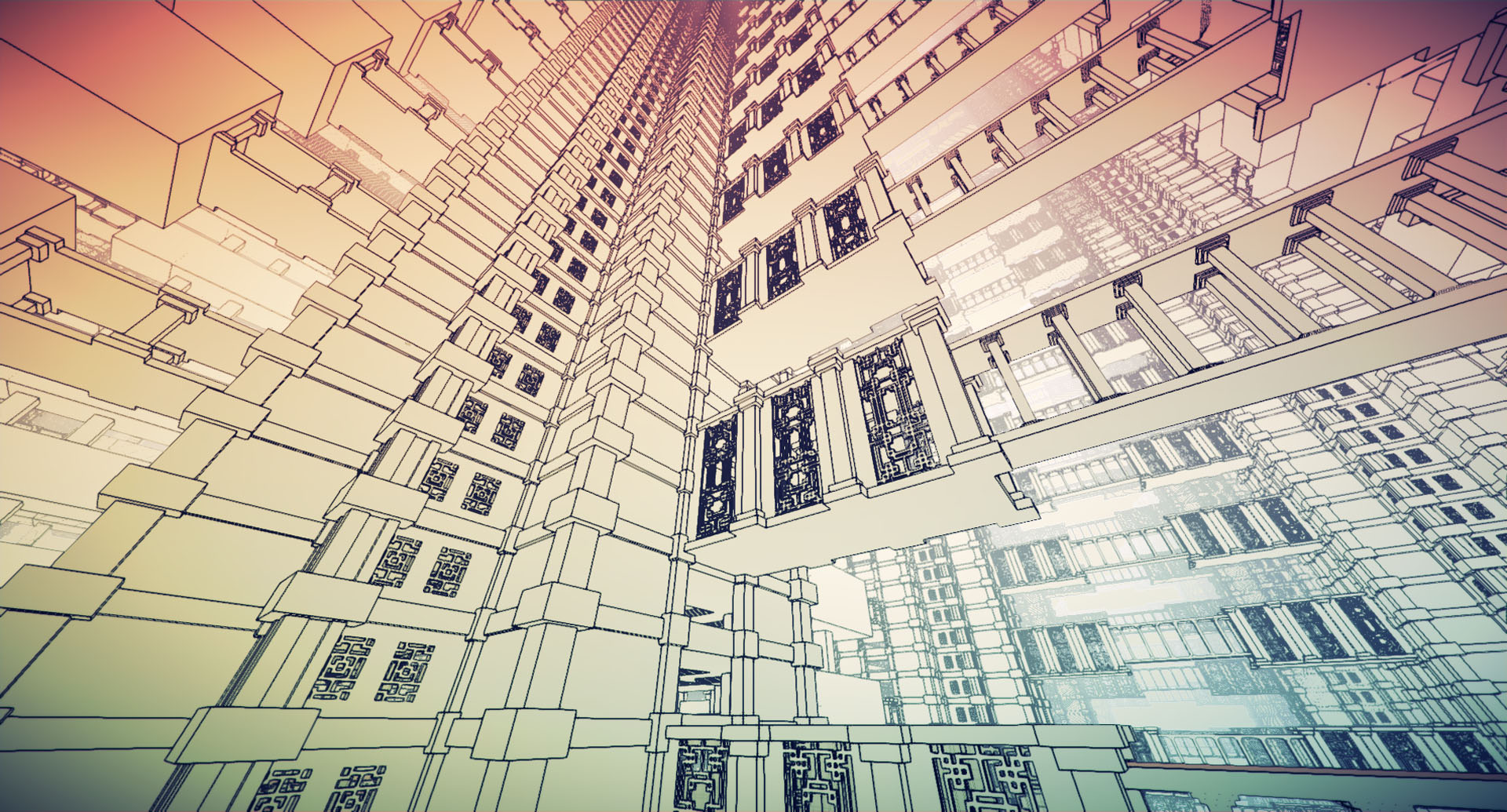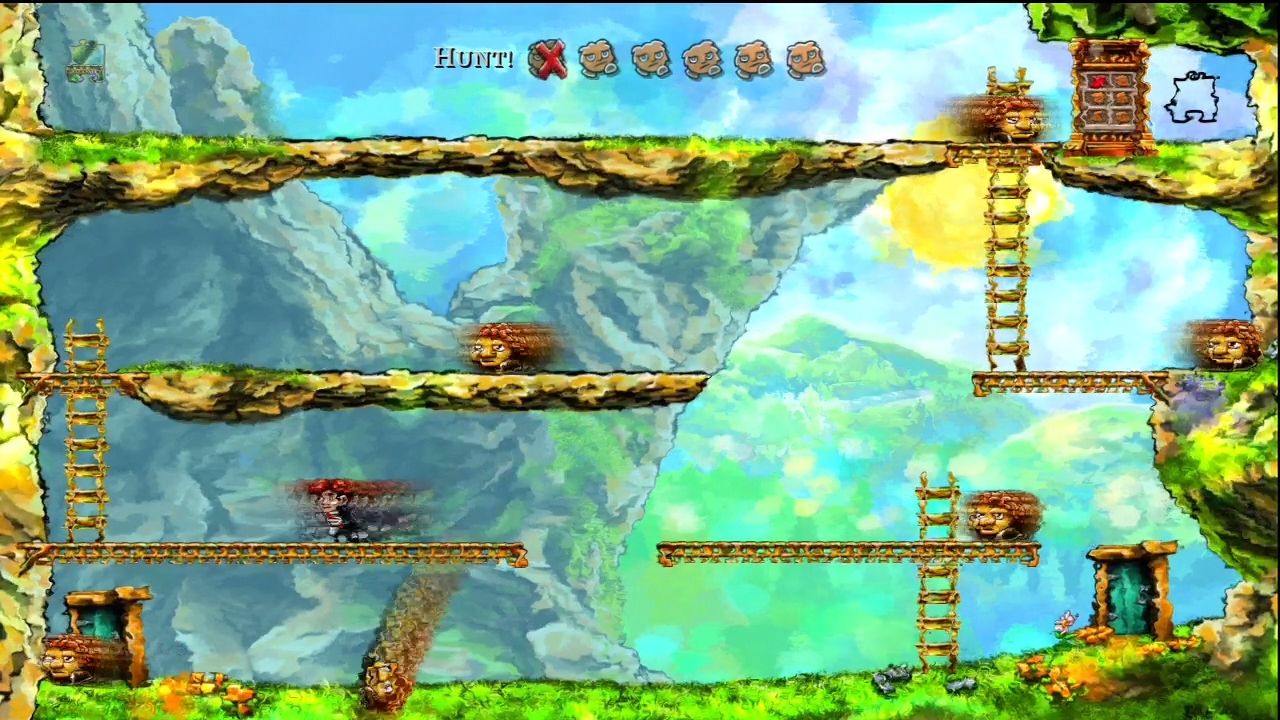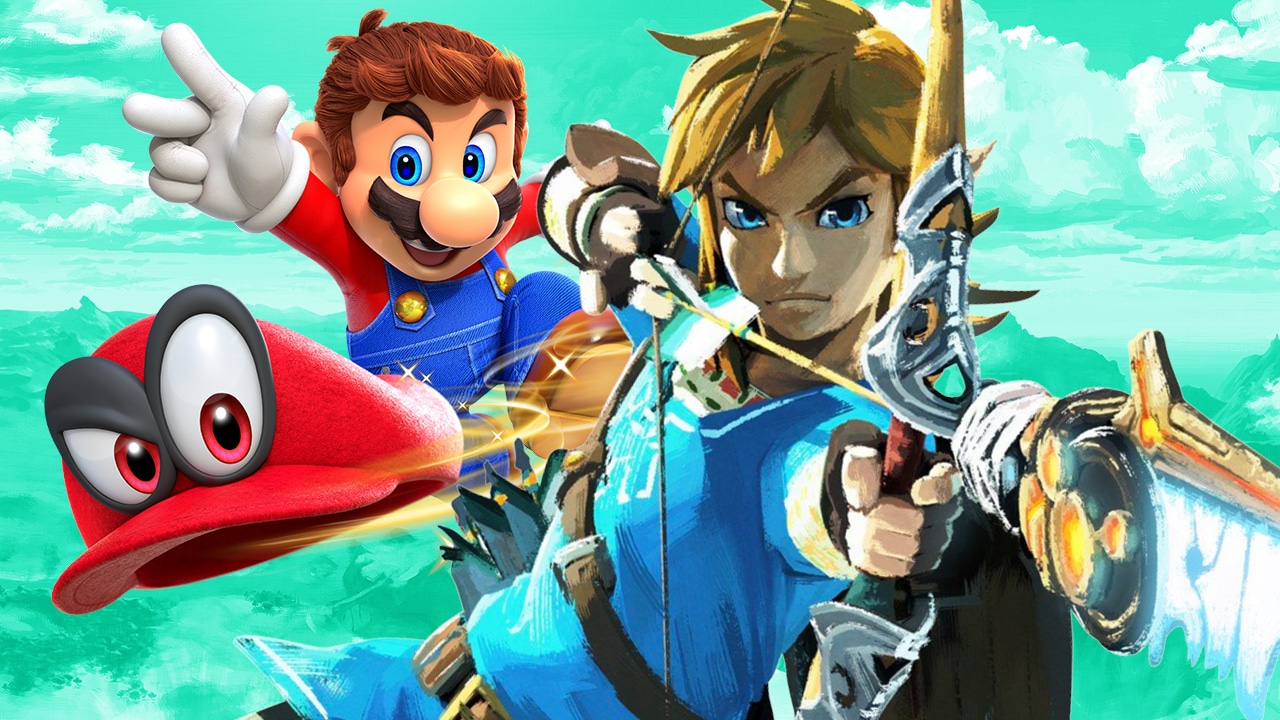What makes a game art?
What are we talking about?
The idea originated from a talk with Jesse. I was planning to pitch a project where the team quickly & individually makes prototypes to prove something, much like the idea behind the Experimental Gameplay project. It turned out, there’s been abundant research effort put into this space, and there is not much left to be done, but there is still one thing: find out what makes a game a work of art (so-called “art games”), through rapid prototyping or any technique that could work. This topic interested me a lot - I’ve been talking about art games, but I’ve never thought about the term art games itself deeply. I’m trying to write this blog as the preliminary study for this research topic.
First, let’s make the question clear. I hope I no longer need to argue about whether games are an art form in 2018. If you don’t agree with me on this, I’m sorry that you need to pretend you do to continue reading. The question I’m trying to answer is, just like not all movies are art, not all games are art, then, what separate artistic games from non-artistic games? Can we find some shared qualities among art games that we can use to define art games?
But, what is art in general?
Currently, people agree that there are at least eight forms of art: painting, sculpting, architecture, literature, music, dance, drama, and movie. What do they have in common? Kellee Santiago quoted Wikipedia to define art in her TED talk:
“Art is the process or product of deliberately arranging elements in a way that appeals to the sense or emotions.”
I especially love this definition, because it closely ties arts and people together by using the words “senses or emotions” - which imply that art is meant for people to appreciate. There is one thing I want to add: the processes or products usually present pursuit of beauty or truth. (Personally, I also believe that during the process of pursuing beauty or truth, one often feel the reverence for art and that reverence drives them to create better art.)
As we have a definition of art, let’s go back to art games, and start with a simple (not really) question:
Does incorporating other art forms make a game art?
Games definitely have visual and aural parts in it, and they are usually art by themselves. But do they make a game art? Sort of, but not really. It’s not hard to argue that other art forms incorporated in a game can appeal to senses and emotions, and thus make the game itself art. There are plenty of examples, like Ori and the Blind Forest, who has oil-painting style graphics, or Manifold Garden, which is a poem of structures. However, if we agree on this, how do we argue that games can be an art form by itself? Look at other art forms like music, paintings, drama, etc. Each of them is art by itself. The point is, an art form should not rely on other art forms.

On the other hand, although I disagree that incorporated other art forms are what makes a game art, I do agree that they can create an artistic feel in the players’ experience. The game Everybody’s Gone to the Rapture can be a good example. In this game, the player plays as a spectator, who wanders around an abandoned village to reveal its mystery. The visual arts, music, and drama in this game are all excellent. They make the game feel artistic and the process of revealing the story enjoyable. But it hardly feels like a game for me. One can simply put all the cutscenes together to make a movie, and I bet it still works! The reason is that this game relies heavily on other art forms, and vastly loses its own meaning. Even the interactions don’t carry meanings in themselves, they are just the tools to trigger more cutscenes. So this brings me to another point: meaningful interactions could be the thing that makes a game art.
A lesson here is that that we can use other art forms to enhance the artist feel of our games. People are not robots, and human brains work weirdly. When we view a game as a work of art, we mostly can’t tell whether the game itself is art, or it’s just the incorporated art forms that make it feel like art. So it would be a good trick to make great visuals and music to fool the player into thinking that your game is art, but that’s not what designers with “artistic vision” really want, right?
Meaningful Interactions
This seems like a promising point. There is one extreme argument in the industry: “good games are still enjoyable even after removing all graphics and music technologies” - that’s to say, a game’s heart is its mechanics, it’s all about how you interact with them. But arguments as extreme as this one are hardly true. What I would like to argue is: a game with meaningful interactions that can provoke thinking can be viewed as art. Usually, the result of this thinking process can be applied to the real world outside the game itself.
Great! Now our “art games” are independent of other forms - they hardly have meaningful interactions at all. And we have so many good examples where games change their players permanently because of the mechanics. Let’s look at one of Jonathan Blow’s games. Braid deals with a man’s relationship with his past. The major mechanics in this game is about manipulating time, giving the player the ability to rewind time and right a wrong. The puzzles are so delicate and well-designed that each level is like a conversation with the game world. Player gets to mentally communicate with the world and reflect on themselves, and nothing feels artificial. (Spoiler, hover to read) It turns out, the game is based on the story of Julius Robert Oppenheimer, who deeply regret the invention of nuclear bombs and wishes to go back and change it. And this is why Braid’s title page is like a city after nuclear attack, and why Braid was published on August 6, which is when America dropped the first nuclear bomb at Hiroshima. I would be more than willing to qualify a game with such meaningful interactions and such high level of craftsmanship a work of art.

But this argument generally rules out games that can hardly be related to the real life - like platformers. In those games, what you learn in the game stays in the game, so even when the game invites you to think, the result of your thinking can only be applied in the game. But people still think of Mario and Zelda as a work of art. They do have meaningful interactions, but I think those interactiona hardly provoke any thinking or reflection. However, I can’t argue that they are pleasurable and invoke emotions like tension and sense of achievement. The argument can be modified to: art games should have meaningful interactions that are thought-provoking, emotion-provoking, or pleasurable.

Creator’s vision
Another point I commonly find in “art games” is the creator’s vision. It’s not really related to the game itself, rather, the game’s mission becomes to express his creator’s artistic vision. I brought up this point to make sense of why very few big company titles can be viewed as a work of art and why indie games tend to be artistic - the creators are longing for different things.
In the world of literature, Robert McKee argued that good writing is “motivated by a desire to touch the audience.” I believe the same applies to games. One can argue that some people make games to express themselves rather than impressing others. But really, who are they expressing themselves to? Their audience, right? Even game designers as arrogant as Jonathan Blow, who dismiss most games ever made, have the motivation to change his audience in some way and usually picture himself as an evangelist. He makes games so that the players can get a new view of the whole world. There are also designers like Jenova Chen,who set to let players see the beauty in this world, and regain hope for humanity. These creators are more likely to make art games - they are actually artists using games as their canvas.
Let’s make this argument stronger - when you play a game that can be viewed as a work of art, the creators behind must be folks with strong artistic vision. (After writing this, I feel like I’m telling a fact rather than making an argument: an artist surely creates arts! Or, maybe not always?)
But it’s usually not easy for someone to keep his/her vision consistent and get it expressed. Making game is a collective effort and involves so many different parties. The creative director’s, or designer’s, vision can be easily altered by publishers or executives. So I would add one more thing to this argument: the creator’s vision is not only artistic but also independent.
Conclusion
So, here are the findings I got so far:
- Art games should have meaningful interactions that are thought-provoking, emotion-provoking, or pleasurable
- Art games have creators with strong, independent artist vision
- Art games usually incorporate other art forms to enhance their artistic feeling, but they should still be artistic without the other art forms.
Closing thoughts
Art is not an easy subject to talk about. When making every single argument, I had a fear of polluting the purity of art. For me, art games are so pure, beautiful but fragile objects. Every attempt to define it is not paying reverence they deserve.
But I need to set aside the heavy reverence aside before I can move forward. I started by making this a preliminary study and hope these arguments can direct art game creators to find the right way. But in the end, I suspect whether this is a pitch project I’m capable of doing and whether artists can be directed. If yes, is their work still art?
Thanks for reading this post! It must have been a hard read.
One more thing for the game design folks: can you also put your comment here so we can easily continue the conversation? Thanks!